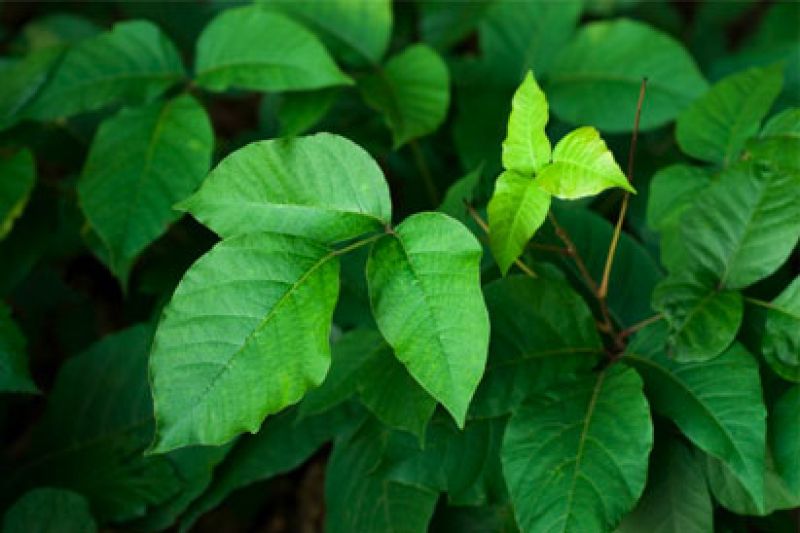Products
At Hapten Sciences, we are dedicated to identifying and efficiently developing novel, early-stage products that will significantly contribute to the health and well being of people around the world.
PDC-APB
The company’s initial product — PDC-APB — is a small molecule that acts like a vaccine to prevent the extremely painful itching and rash (contact dermatitis) caused by exposure to urushiol (yoo-ROO-she-ol) oil in poison ivy, poison oak and poison sumac plants. Each year in the United States, there are over 50 million cases — and over seven million visits to healthcare providers — due to exposure to these poisonous plants. The company has completed manufacturing of the active pharmaceutical ingredient for human clinical trials. Hapten filed an Investigational New Drug (IND) Application in 2015. In 2017, Hapten has completed two Phase I safety studies in healthy subjects and is planning a third study to assess safety and biologic activity in subjects with proven sensitivity to urushiol as measured by patch testing.
PDC-APB acts like a vaccine/immunotherapy to prevent contact dermatitis caused by exposure to urushiol oil in poison ivy, poison oak or poison sumac. Since licensing PDC-APB from the University of Mississippi in 2010, Hapten Sciences has conducted extensive preclinical work – completed under National Institutes of Health Small Business Technology Transfer (STTR) grants – to develop molecules for the prevention of contact dermatitis, and to perform manufacturing feasibility studies and proof-of-concept studies related to safety and efficacy in animal models.
Background
Poison ivy, poison oak and poison sumac plants produce skin-irritating urushiol oil in their leaves, stems and roots. Experts report that 50 to 85 percent of the population in the United States is sensitive to urushiol and, when adequately exposed, will suffer an allergic reaction. The severity of the rash is dependent on the sensitivity of the exposed person and the amount of oil exposed to the skin, but typically lasts for about 14 days.
Every year in the US, there are approximately 50 million cases of urushiol-related contact dermatitis and seven million office visits to healthcare providers. Exposure to poison ivy, poison oak and poison sumac is among the most common causes of dermatitis-related workers’ compensation claims. One study cited that employees in the farming, forestry, and fishing industries had an average medical claim cost of $3,552, and an average disability time of 23.9 days.
Urushiol-producing plants grow wild across much of the US. Poison ivy (Toxicodendron radicans) is found throughout North America. Poison oak (Toxicodendron diversilobum) grows predominantly along the east and west coasts of North America. Poison sumac (Toxicodendron vernix) prefers swampy areas from Maine to Florida and west to the Mississippi River. The urushiol oil that all of these plants produce is extremely potent. As little as one microgram — a millionth of a gram — of urushiol can cause a reaction in a highly sensitive person.
Urushiol molecules are also highly stable and can maintain potency for several years. Further, the oil is easily transferred via animal fur, clothing and virtually any other object that has been exposed. If the plants are burned, the oil can be transferred through smoke and cause reactions in the lungs.



The best way to avoid an allergic reaction is to avoid exposure to urushiol; once a rash begins, there are few options. A variety of over-the-counter and home remedies claim to help prevent or treat symptoms of contract dermatitis, but prescription topical and systemic corticosteroids are considered the best option to reduce inflammation and itching from the urushiol. Corticosteroids are, however, non-specific immune suppressants and have side effects that can make their use problematic.